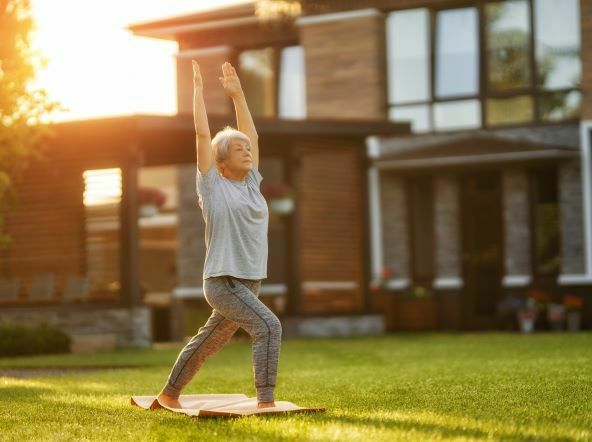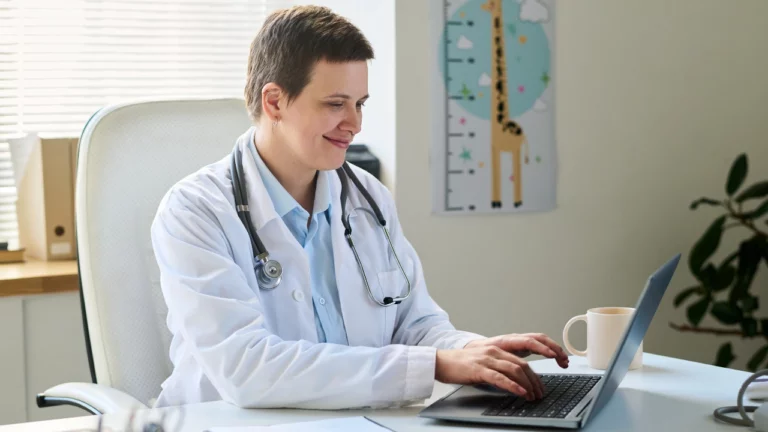You probably know that osteoporosis can lead to fractures and other health problems, but what can you do to prevent it? While there is no one silver bullet for osteoporosis prevention, there are several simple steps you can take to reduce your risk. This post will share six of the best and simplest ways to prevent osteoporosis.
Have enough calcium.
Between 18 and 50, men and women need 1,000 mg of calcium each day. When women reach the age of 50 and males reach the age of 70, this daily intake rises to 1,200 milligrams. Suitable calcium sources include:
- Dairy products with less fat
- Dark-green vegetables with leaves
- Salmon or sardines in cans that have bones
- Tofu is a product made from soy.
- Cereals with added calcium and orange juice
Consider calcium supplements if you have trouble getting enough calcium from your diet. However, kidney stones have been connected to an excess of calcium. Balance is a must. Consult your doctor for proper diet and supplement recommendations.
Get sufficient Vitamin D.
In addition to enhancing bone health in other ways, vitamin D increases the body’s capacity to absorb calcium. People can obtain some of their vitamin D from sunshine, but this may not be the best source for you if you reside in a high latitude, are confined to your home, frequently apply sunscreen, or stay out of the sun to reduce your chance of developing skin cancer. Trout, salmon, and cod liver oil are dietary sources of vitamin D. Numerous milk and cereal varieties have vitamin D added to them.
The majority of people require 600 international units (IU) or more of vitamin D per day. After age 70, that dosage is increased to 800 IU every day. People without access to other vitamin D sources, particularly those with insufficient sun exposure, may require supplements.
Do some exercise.
You can slow bone loss and strengthen your bones by exercising. Exercise is good for your bones no matter when you start, but you’ll reap the biggest rewards if you begin regularly when you’re young and keep it up as you age. Combine weight-bearing, balance, and strength training activities. Your upper spine, arms, and bones can all benefit from strength training. The bones in your legs, hips and lower spine are primarily affected by weight-bearing workouts, such as walking, jogging, running, stair climbing, skipping rope, and impact-producing sports. Tai chi and other balance training can lower your chance of falling, especially as you age.
Give up smoking.
Smoking is one of the worst things you can do if you want to keep your bones healthy. Not only does smoking increase your risk of developing osteoporosis, but it also worsens the condition if you do it.
The UCI School of Medicine’s Department of Orthopedic Surgery explains that smoking decreases blood flow to many different body tissues, including the bones. Cigarette nicotine slows the production of bone-producing cells known as osteoblasts. Smoking reduces the body’s ability to absorb calcium, which is essential for healthy bones and vital cellular processes.
So if you’re a smoker, now is the time to quit. And if you know someone who smokes, please encourage them to quit. It’s not only good for their health, but it’s also good for their bones.
Take less soda.
Colas may cause bone loss more than other carbonated soft drinks, according to some research. They may contain too much phosphorus, which prevents your body from absorbing calcium. Excessive phosphoric acid consumption alters the calcium/phosphorus ratio and causes an imbalance in the body’s acid-base balance, resulting in decreased bone density.
Avoid consuming too much alcohol.
Alcohol can have a negative impact on your bones and over time, can lead to a decrease in bone density. This makes you more susceptible to fractures and other injuries. So if you want to keep your bones healthy and strong, it’s important to limit how much alcohol you drink.
BONUS TIP: Get tested for Osteoporosis
It’s important to get tested for osteoporosis on a regular basis, especially if you’re at risk for the condition. There are a few simple tests your doctor can perform to determine your risk; luckily, they’re not too invasive. One of them is a bone density scan, which can tell you how dense your bones are and whether you’re at risk for developing osteoporosis. Another test is the ultrasound, which is used to measure the thickness of your heel bone. If it’s thinning, that’s another sign that you might be at risk for osteoporosis.
Don’t hesitate to talk to your doctor if you think you might be at risk. Early detection is key in preventing the debilitating effects of osteoporosis. You may also ask your doctor about the possible use of Remote Patient Monitoring, especially if you have other chronic diseases.
Read More: 7 Early Warning Signs of Osteoporosis
Takeaway
You can’t modify many factors that increase your risk of osteoporosis, such as your genes, age, and sex. But that does not imply that osteoporosis cannot be prevented. Your daily routine might be a part of your strategy to develop strong bones.
References
- Osteoporosis Overview | NIH Osteoporosis and Related Bone Diseases National Resource Center. (2019, October 1). Osteoporosis Overview | NIH Osteoporosis and Related Bone Diseases National Resource Center; Retrieved July 20, 2022, at www.bones.nih.gov. https://www.bones.nih.gov/health-info/bone/osteoporosis/overview
- Chen, Li, et al. “High Consumption of Soft Drinks Is Associated with an Increased Risk of Fracture: A 7-Year Follow-Up Study – PMC.” PubMed Central (PMC), 19 Feb. 2020, www.ncbi.nlm.nih.gov/pmc/articles/PMC7071508.








